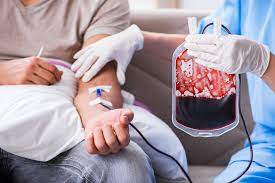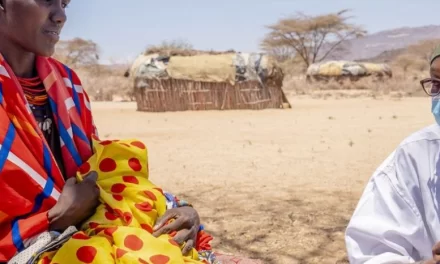The recent controversy surrounding Algerian boxer Imane Khelif at the Paris Olympics has reignited discussions on intersexuality and its impact on competitive sports. While specific clinical details about Khelif remain undisclosed, the broader implications of intersexuality in sports have garnered significant attention. This article explores the scientific, medical, and ethical challenges surrounding this topic.
What Is Intersexuality?
Intersexuality refers to a spectrum of variations in sexual development, resulting in individuals possessing both male and female characteristics. The United Nations Office of the High Commissioner for Human Rights emphasizes that medical definitions of intersexuality do not necessarily align with a person’s gender identity or sexual orientation.
“Intersexuality affects less than 0.5 per thousand of the population, but precise statistics are elusive due to varying definitions,” explains Dr. Roberto Lala, a pediatric endocrinologist and president of the Federation of Rare Childhood Diseases. Dr. Lala highlights the complexity of intersexuality, noting that it can range from significant physical characteristics that affect self-image to milder conditions, such as clitoral hypertrophy, which may not raise concerns about gender identity.
Chromosomes, Genes, and Hormones
Sexual characteristics are determined by the intricate interplay of chromosomal, genetic, and hormonal factors. “The human body is programmed to develop female characteristics by default, with a shift towards male characteristics occurring only if testosterone is produced and functions properly during embryonic development,” explains Dr. Paolo Moghetti, an endocrinologist at the University of Verona, Italy.
The SRY gene, located on the Y chromosome, plays a crucial role in this process by triggering the development of testes in the embryo, which then produce testosterone. However, variations such as the absence of the SRY gene or its malfunction can result in individuals with female phenotypes despite having XY chromosomes.
In conditions like Morris syndrome, individuals with a male chromosomal makeup (46XY) have high levels of testosterone that are ineffective, leading to a female phenotype with well-developed breasts and a lack of body hair. “These individuals lack a uterus, and their testes are often located in the abdomen, making the condition invisible without medical examination,” adds Dr. Moghetti.
Pathologies or Variations?
While some variations in sexual development, like congenital adrenal hyperplasia, pose significant health risks and require medical treatment, others may not affect physical health but can have profound psychological impacts due to societal non-acceptance.
“In the past, it was common to surgically assign intersexual infants to the female gender, as it was technically easier,” says Dr. Lala. However, growing dissatisfaction among those subjected to such interventions has led to a shift in medical practices. “Today, decisions are made on a case-by-case basis, with careful consideration of the family’s wishes and the medical nuances involved,” he adds.
Implications for Sports
The traditional division of athletes into male and female categories aims to ensure fairness in competition. However, the discovery of diverse sexual development patterns has necessitated updates to these criteria. Testosterone, which significantly enhances muscle mass and training outcomes, is a key factor in the performance gap between male and female athletes. “Before puberty, the performance of male and female athletes is comparable, but males gain a substantial advantage post-puberty due to increased testosterone levels,” notes Dr. Moghetti.
The World Athletics Federation’s screening of athletes revealed that some had abnormal testosterone levels, raising concerns about fair competition. Some athletes with male genotypes but conditions like 5-alpha-reductase deficiency, which leads to female genital development despite high testosterone levels, were found to have a significant advantage in performance.
In response, the Federation imposed limits on testosterone levels for athletes in certain events, particularly middle-distance races, where hormone levels seem to have the greatest impact. “However, athletes with conditions like Morris syndrome, where testosterone is ineffective, are not subject to these restrictions,” says Dr. Moghetti.
A Complex Debate
The case of South African runner Caster Semenya, excluded from competitions due to high testosterone levels, highlights the ongoing challenges in regulating intersexuality in sports. The World Athletics Federation recommended hormone level reduction for affected athletes, but Semenya’s refusal led to a protracted legal battle, culminating in a 2023 ruling by the European Court of Human Rights, which recognized a violation of her rights but did not mandate changes to the Federation’s rules.
As the debate continues, the scientific community is tasked with navigating the complex medical and ethical dimensions of intersexuality in sports. The goal is to strike a balance between fairness in competition and respect for the rights and identities of all athletes.











